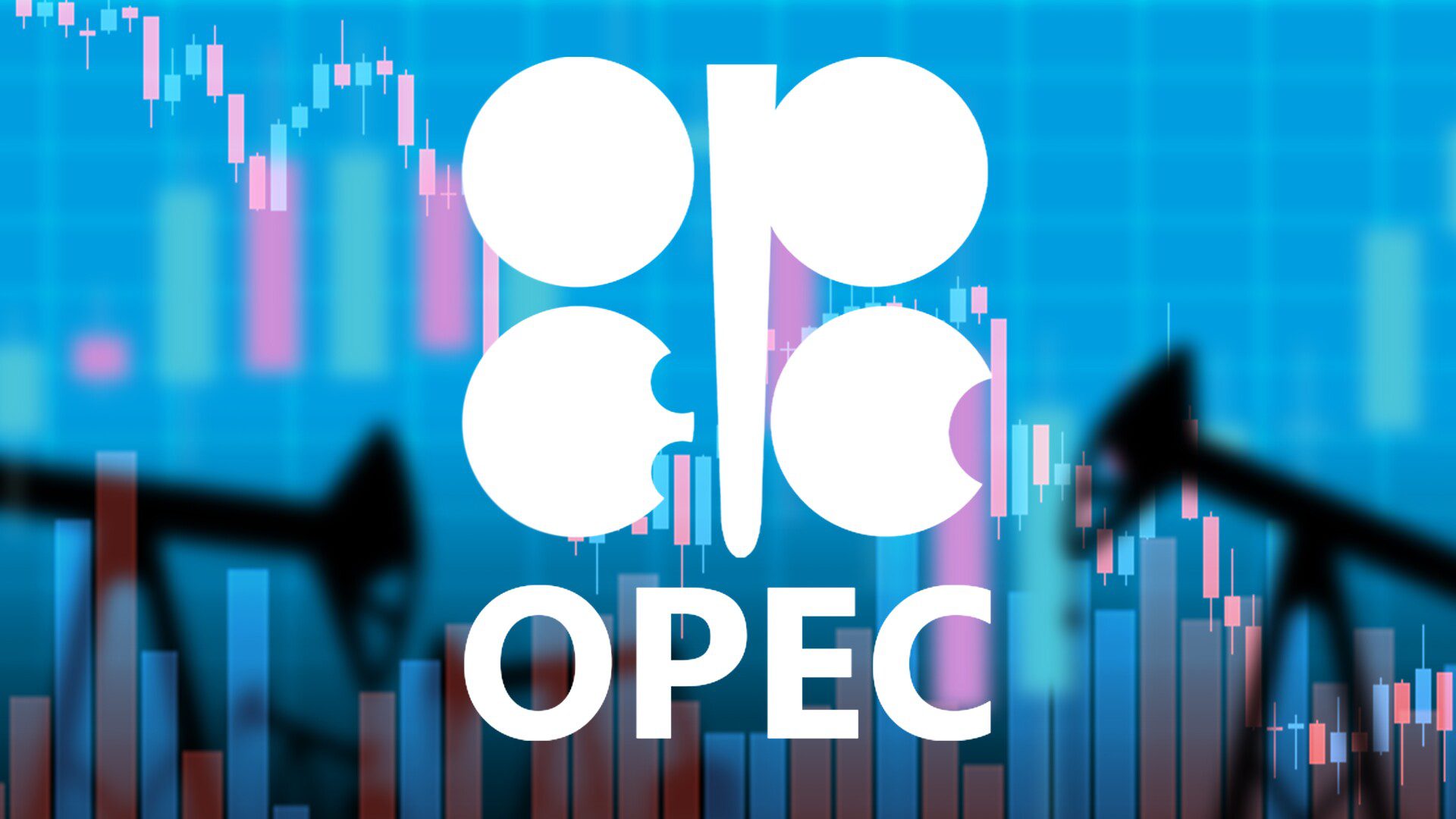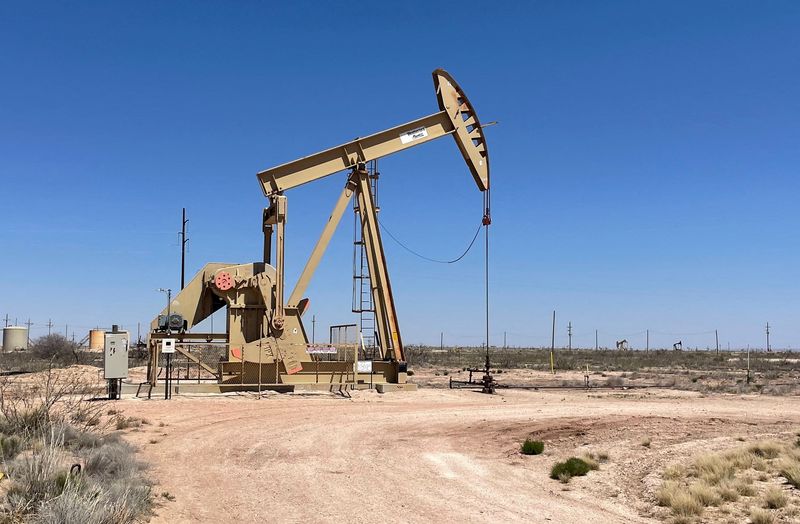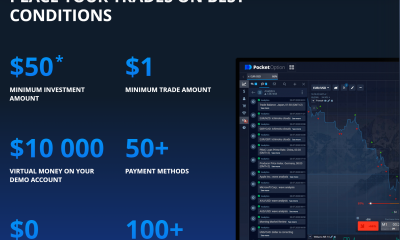Commodities
OPEC countries almost unchanged the oil supply from non-OPEC countries in 2022 and 2023

OPEC countries have reduced by 10 thousand barrels per day the estimated supply of liquid hydrocarbons from non-OPEC countries, to 65.57 million bpd, an increase of 1.89 million bpd, according to a monthly report of the organization. As you know, the level of crude oil production by OPEC countries is now declining.
In this case, the assessment of oil and condensate production in Russia in 2022 increased by 30 thousand bpd — up to 10.96 million bpd; the forecast for 2023 was kept at 10.08 million bpd. Thus, analysts expect an increase in Russian production by 160,000 bpd in 2022 and a decline by 850,000 bpd in 2023.
The forecast for production in the United States in 2022 is also slightly adjusted upward — by 50 thousand bpd, to 18.98 million bpd; for 2023, the estimate of production in the U.S. was kept at the level of 20.13 million bpd.
At that time, production forecasts in a lot of other countries were revised downward. In particular, in Azerbaijan — due to lower production of oil than forecasted; and in Kazakhstan — due to limitations of supplies from the export terminal and problems caused by gas leakage at Kashagan. Also, the production forecast was lowered in the UK due to prolonged maintenance on offshore platforms and in Norway due to lower production compared to earlier forecasts.
The main drivers of liquid hydrocarbon supply growth in 2022 will be the US, Canada, Guyana, China and Brazil, with the biggest declines expected in Norway and Thailand.
Non-OPEC liquid hydrocarbon production is projected to increase by 1.54 million bpd in 2023 to average 67.11 million bpd, essentially unchanged from the previous estimate.
Earlier, we reported that Goldman Sachs lowered its oil price forecast for 2023.
Commodities
Oil prices rise; U.S. crude inventories plunge, Russia-Ukraine truce eyed
Commodities
India’s Reliance to stop buying Venezuelan oil over US tariffs, sources say
Commodities
Oil prices climb on Venezuela supply worries

 Forex3 years ago
Forex3 years agoForex Today: the dollar is gaining strength amid gloomy sentiment at the start of the Fed’s week

 Forex3 years ago
Forex3 years agoUnbiased review of Pocket Option broker

 Forex3 years ago
Forex3 years agoDollar to pound sterling exchange rate today: Pound plummeted to its lowest since 1985

 Forex3 years ago
Forex3 years agoHow is the Australian dollar doing today?

 Cryptocurrency3 years ago
Cryptocurrency3 years agoWhat happened in the crypto market – current events today

 World3 years ago
World3 years agoWhy are modern video games an art form?

 Commodities3 years ago
Commodities3 years agoCopper continues to fall in price on expectations of lower demand in China

 Economy3 years ago
Economy3 years agoCrude oil tankers double in price due to EU anti-Russian sanctions





























